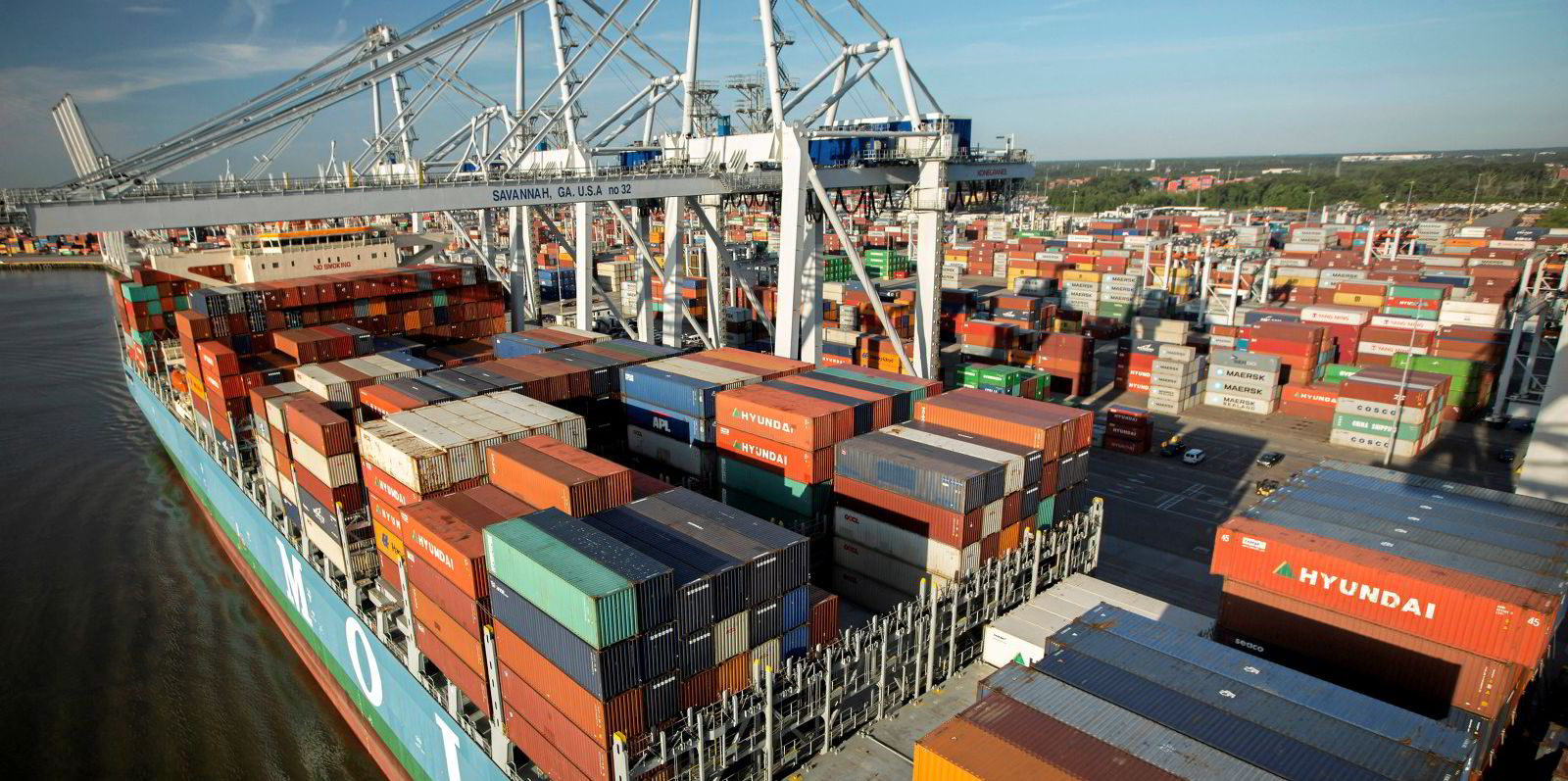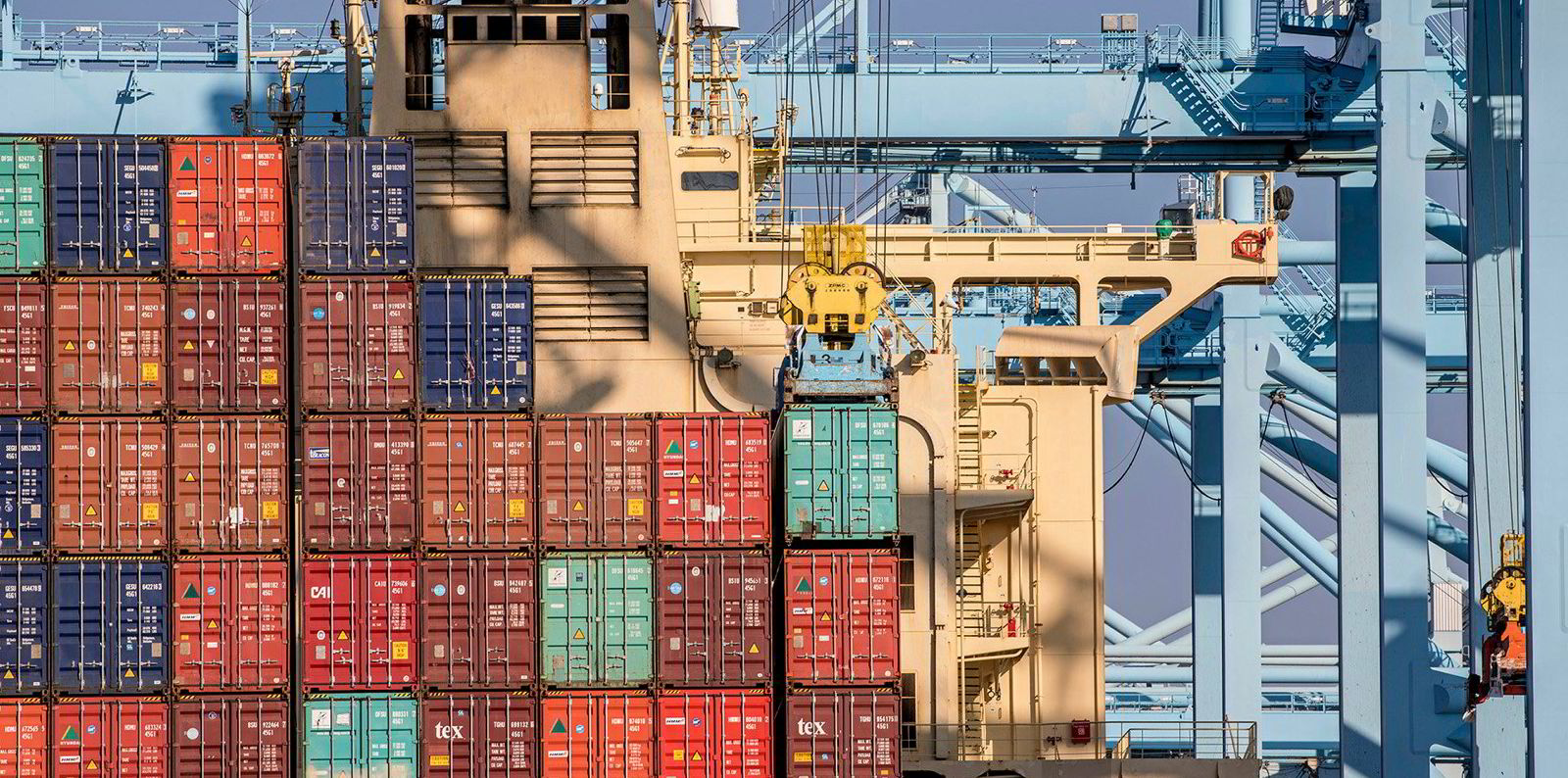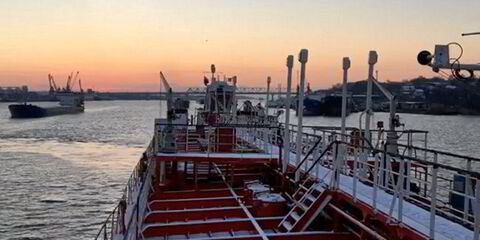Tougher environmental legislation and an ageing fleet could soon result in a feeder container ship shortage in the Mediterranean.
A quarterly review by analyst Maritime Strategies International (MSI) highlights a scenario that it argues will need to be resolved through a dedicated newbuilding programme by regional operators.
Without such additions, capacity available to provide “spoke” connections in the transshipment-heavy Mediterranean markets might end up in short supply.
Cabotage trades in South East Asia tend to make an elderly fleet more common than in the intra-Med trades.
Yet more than half of sub-3,900 teu vessels on order have been contracted by an operator or owner that is expected to deploy the ship on an intra-Asian trade, MSI notes.
That has generated the “potential for a shortage of vessels available to provide transshipment connections in the Mediterranean”, said MSI container ship analyst Daniel Richards.
The shortage could be exacerbated by changes in sailing speeds in the years ahead, he added.
“There is a huge amount of uncertainty about how average sailing speeds will change in response to changes in environmental regulations, with potentially significant implications for industry market balances,” Richards said.
In recent months, average sailing speeds tracked by AIS data have fallen noticeably relative to the peaks in 2021.
This slowdown has been largest in proportional terms for sub-3,000-teu vessels, and smallest for the 8,000-teu fleet, according to MSI.
Weaker cargo volumes — and a potentially reduced need to speed up to make up for schedule delays — provide the most likely explanation, it said.
The significant increase in global bunker prices relative to late 2021 is also a potential factor.
“Containership deployment trends in the coming years will not only be impacted by the reinvigorated container ship cascade, but also increasingly by the effects of fleet ageing and the fallout from new environmental regulations,” Richards said.
“How this impacts different sub-regional container markets will depend in part on how the existing age profile of vessels deployed on each trade stands.”





